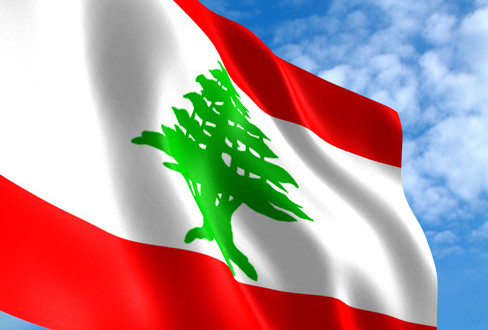The beautifully detailed, early 19th-century map of the United States pictured above would be snapped up quickly by a collector if it were to hit the market today. But that’s not because it was made by a well-known cartographer or a prestigious map publisher. This map was hand-drawn by a 15-year-old girl as part of her schoolwork.
For a brief period at the beginning of the 19th century, many schoolgirls in the United States were expected to draw elaborate maps, either by copying or tracing existing maps, as a central part of their education. “It was hugely popular for about 30 years,” says historian Susan Schulten of the University of Denver. “Chances are if you come across one [of these maps], it’s from 1800 to 1835.”
Schoolgirl maps have become popular with collectors, typically going for several hundred or a couple thousand dollars. The first saw one I saw (below) was in an exhibit on women in cartography last year at the Boston Public Library. From a distance it looks like a small printed map—it’s only about seven or eight inches wide. As you get closer, you can tell it was hand-drawn, but it’s not until you are right in front of it that you might guess from the lettering that it was done by a student. Her name was Mary Johonnot, and she likely drew the map in 1828 at age 16.
This practice likely originated in Europe and then spread to female academies, which were becoming popular in the states at the time. Though there are some nice examples of maps drawn by boys (such as these from David Rumsey’s collection), boys were more often taught surveying and navigation instead of map drawing, Schulten says. For the girls, the impetus wasn’t to prepare them to be cartographers, or even geographers. Drawing maps was supposed to help them gain, retain, and demonstrate general knowledge, become good citizens, and show off their artistic skill.
“I think it very nicely fits in what were the central goals of female education after the revolution,” says Schulten, who first became interested in the schoolgirl maps while researching her book Mapping the Nation. Back then geography was seen as an appropriate avenue for girls to become culturally literate, “to prepare them for a life of usefulness and social exchange,” according to Schulten.
Another primary goal of drawing maps was mastery of the art of penmanship, and from the looks of most of the schoolgirl maps I’ve seen, it worked. The lettering is very careful and neat, with multiple fonts, sizes, and weights for various kinds of features like states, cities, and rivers, just like the professionally made maps they were based on.
“The lettering was sort of what drew me to them,” Schulten says. “Sometimes I notice that they paid so much attention to penmanship and lettering that they chronically misspell words.”
The maps were clearly labor-intensive assignments that would have taken weeks, if not months, to finish. So how did they do it? Schulten says information on how the maps were made is scarce, but a couple of techniques seem likely. Students who copied the maps by sight may have laid a grid over the original map as a guide. They would then put a similar grid on a blank sheet and copied the contents of each small box by sight, one at a time—far easier than eyeballing an entire map at once.
Many of the maps were almost certainly traced, but some of these are on paper too thick to trace through. In these cases, students could have used a common trick of the time to make a sort of carbon copy. They would use a pencil to cover an entire piece of paper with graphite, lay that face down on a blank sheet of paper, and put the original map on top of that. Tracing the map with some sort of pointer would transfer the graphite outline to the blank sheet.
The various techniques, base maps, and personalities of the students led to a wide range of map styles. Sometimes the students were clearly trying to replicate the look of the printed map they were copying, down to details like the size of lettering, placement of the title, and inclusion of the neatline. Others displayed real artistry, or added their own personal touches and embellishments.
“They were able to express themselves artistically at a time when their whole world was dominated by men,” says Stephanie Cyr, co-curator of the “Women in Cartography” exhibit at Boston Public Library.
National Geographic

 Lebanese Ministry of Information
Lebanese Ministry of Information


